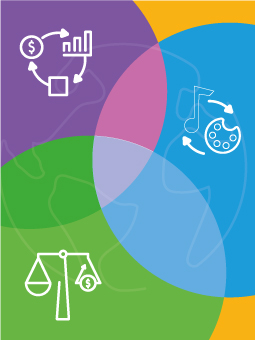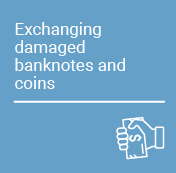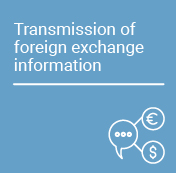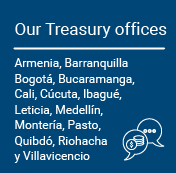Financial Stability Report - Second Half 2023 (only in Spanish)
The main purpose of these documents is to provide semiannual information on the vulnerabilities and risks of the financial system. The views presented and potential errors are the sole responsibility of the authors and their contents do not compromise the Board of Directors of Banco de la República
The analysis presented in this edition of the Report allows concluding that, despite the lower portfolio dynamics, the Colombian financial system has adequate capital and liquidity levels that are not only above the regulatory minimums but would even be sufficient to face the materialization of extreme risks of low probability at individual and consolidated levels.
I. Performance of credit institutions
- Credit institutions in Colombia have adequate capital and liquidity levels to confront the materialization of extreme risks of low probability at individual and consolidated levels. On the other hand, profitability continues to show a downward trend.
- Credit dynamics continued to decelerate and, since May 2023, have shown negative real growth in line with the economy’s adjustment process after exhibiting high growth in 2022.
- The portfolio has deteriorated in line with the adjustment process and due to the high risk-taking by some credit institutions.
II. Exposure of the financial system to households
- Debt and debt service ratios of households decreased while their savings increased.
- Over the last six months, consumer credit has deteriorated.
- Should the decreasing dynamics of the loan portfolio continue, a decrease in the debt-to-income ratio could be expected.
III. Exposure of the financial system to the corporate sector
- The credit risk indicators of the commercial portfolio remain at levels below the average of the last five years despite experiencing deterioration in the first half of the year.
- Credit institutions have been more proactive against credit risk in the corporate sector and have been more restrictive in the origination of new credits.
- On the other hand, most of the foreign currency debt of the corporate sector has mechanisms for exchange-rate risk mitigation.
IV. Non-Banking financial institutions
- The profitability of non-banking financial institutions has continued its recovery trend.
- The open-end collective investment funds assets without permanence covenants have been highly volatile and their liquidity indicators remain well above the regulatory minimums, despite temporary falls in recent months.
V. Stress test
- This test assesses the resilience of credit institutions in an adverse, extreme, and unlikely hypothetical scenario that considers the following elements:
- Significant fall in the terms of trade: persistent reduction in oil prices.
- Increased perception of sovereign risk, sharp contraction of domestic demand, and hike in unemployment.
- Inflation increase due to the effect of a strong El Niño phenomenon.
- The gradual settlement of a percentage of the public debt portfolio of foreign investors is considered.
- The following risks are considered: credit, market, interest rate, funding, liquidity, and contagion.
- A particularly large impairment in the portfolio of certain sectors and borrowers is expected.
- In addition, two more stress tests are included: i) on credit institutions with consolidated balance sheets and subsidiaries in Central America and ii) a sensitivity analysis that evaluates the capacity of open-end collective investment funds without permanence covenants to confront extreme scenarios of massive withdrawals.
- The results of the year on the solvency of credit institutions suggest that the system at the aggregate level has sufficient equity capacity to face large adverse shocks.
- In turn, open-end collective investment funds without permanence covenants would reduce their liquidity indicators in the face of massive withdrawal shocks, although they would remain above the regulatory limits.
Presentation of the Financial Stability Report
Boxes included in the report
Box 1: Historical indicators for non-bank financial institutions in Colombia (only in Spanish)
Jorge Cely
Eduardo Yanquen
Box 2: A characterization of the exchange rate risk of tertiary sector firms in Colombia in 2022 (only in Spanish)
Álvaro David Carmona Duarte
Adrián Martínez Osorio
Jorge Niño Cuervo
Box 3: Risks to the financial stability caused by adopting crypto assets in emerging market (only in Spanish)
Mariana Escobar
Juan Sebastián Lemus
Eduardo Yanquen
Box 4: Interest rate risk in the banking book and interest rates cycles (only in Spanish)
Javier E. Pirateque Niño
Miguel Sarmiento Paipilla
Box 5: Macro-prudential policy instruments in Colombia (only in Spanish)
Diego Fernando Cuesta Mora
Daniela Rodríguez Novoa
Camilo Eduardo Sánchez Quinto






































































